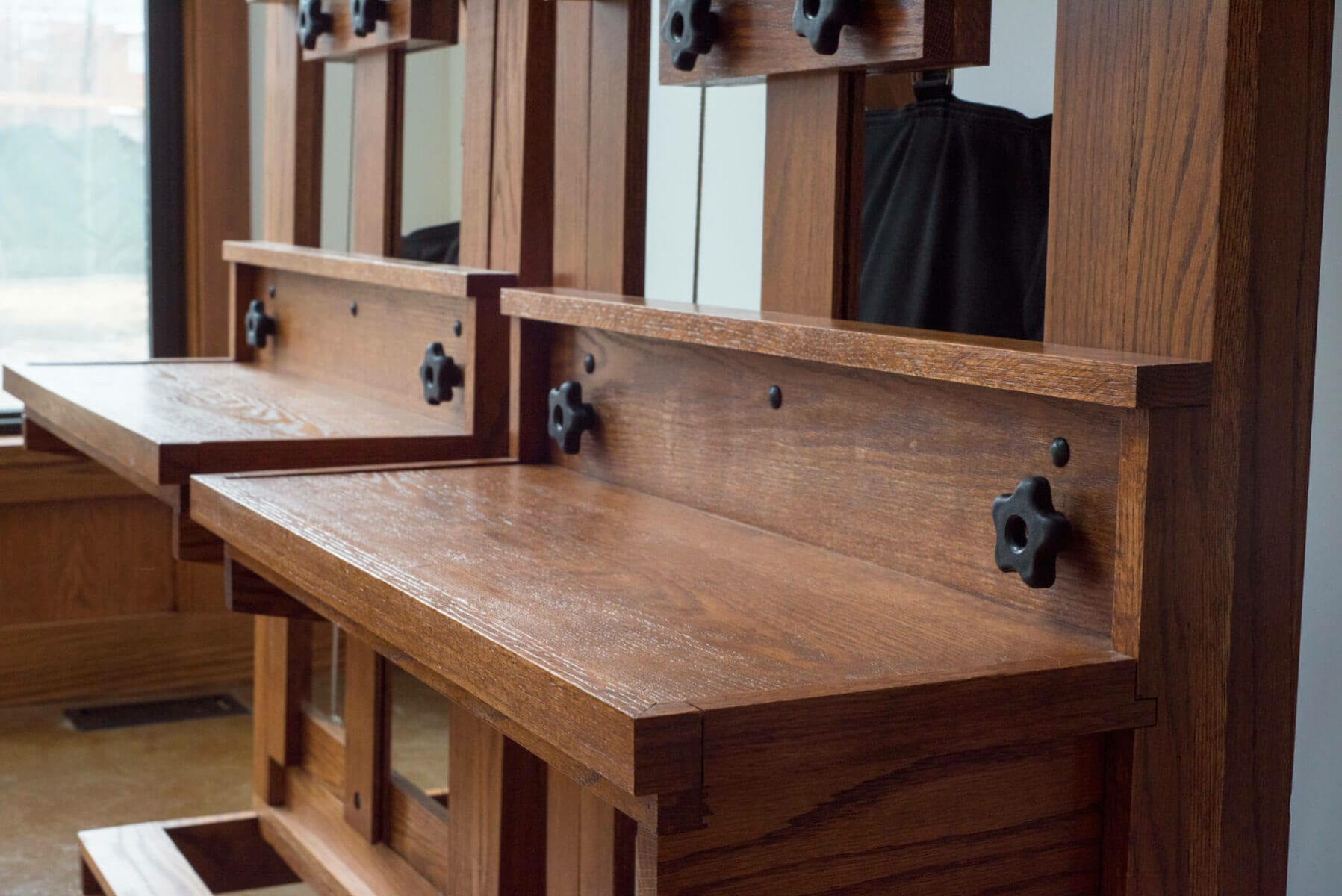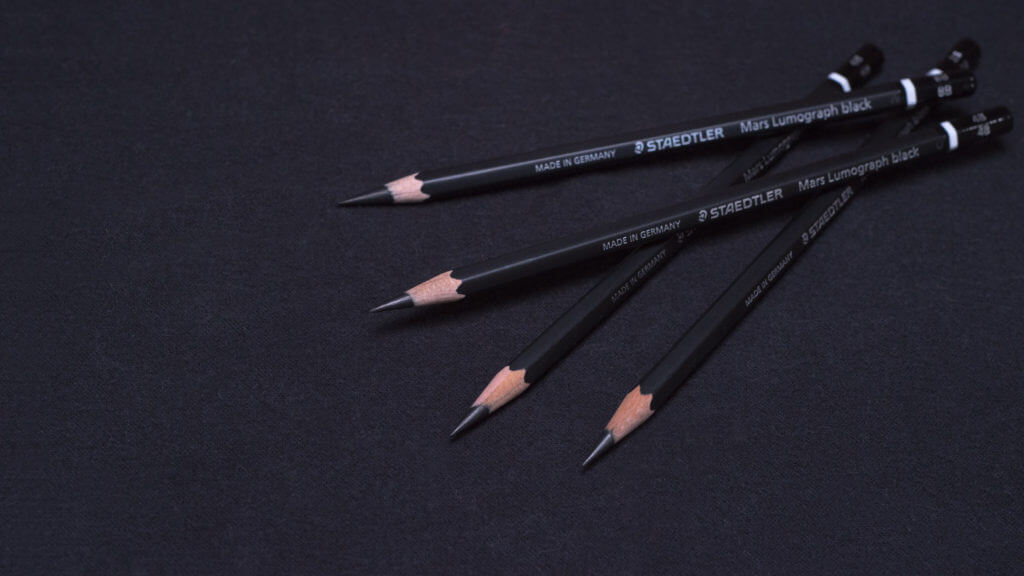Drawing Tutorials: Comparative Measurement, Part II

Comparisons of Size
Next in our series of drawing tutorials is a discussion of size. Getting proportion right is really all about size relationships and the important question is this: How large is any given part of the figure relative to the rest? Let’s take the size of the head as an example. Conventionally, on a standing figure, we can expect the height of the head to be about 1/7th or 1/8th the height of the entire body.* So in a simple, standing pose getting the head-size right can be done via straight-forward counting: gauge the size of the model’s head with your measure tool, and count down the length figure to see how many times it “fits” before you get to the floor. Repeat the same procedure on your drawing. If the count there is higher, then you’ve drawn the head too small. If you count lower, it’s too big. If you get the same count, the head size of your drawing is just right. This has been documented in scores of “how to draw” books for decades and it works, although there’s nothing special about the head. You could use any identifiable part of the figure as a “unit of measure” – like a kind of ruler – to gauge the size of anything else.
There are two cumbersome things about this approach, however. Firstly, there’s all that counting. I personally don’t mind it too much, but I’ve had many students who detest the counting. Fair enough. Secondly, whenever you’re counting multiples of anything you’re bound to run into fractions – meaning your unit of measure rarely fits a neat number of times into whatever it is you’re measuring. There’s often an odd amount left over, which is messy. For example, I may find that the total width of the pose in my line of sight fits two-and-something times into the height, but how much is “and-something”? A half? A third? Sometimes it’s tough to say, and this introduces a broad margin of error into your measuring.
I remember Deane Keller‘s way around this was to look for “resonances” – I don’t think he used that word, but that’s how I remember the concept. In other words, avoid awkward fractions by looking for parts of the figure that do correspond to neat comparisons. You can use the head length, for example, to find other things on the figure that are the same size. Perhaps that’s the distance from sternum to shoulder. Or maybe from elbow to wrist. You can also look for clean multiples, where the length of the head might fit exactly twice into the length of the lower leg. Every pose is different so it’s hard to say in advance what to look for specifically. But there are bound to be some elements of the figure as you see it that relate cleanly to others. Look for those and use them to check your proportions as you draw.
* Proportional systems, like the 7.5 Head Proportional Canon, can be useful guides for drawing the figure, but beware of taking them too literally. Every person is different, and rarely does any given system correspond fully to any particular individual. Also, angle-of-view matters enormously. Even a person who is exactly 7.5 head-lengths tall when standing upright won’t appear that way if he’s slouching, seated, lying down, etc.
Up Next: Comparisons of Position…







david, i tell everyone about vitruvian. the portrait class i took was the most eye-opening drawing instruction: and the one thing that stood out was all the measuring! i remember cartoons from when i was little and whenever they’d portray an “artist” he was always sticking a pencil up and measuring; and i would ask, “what is he supposed to be doing?” well, now i know! and when i tell everyone about vitruvian i always talk about how measuring changed my life! i took a six-week portrait class 15 years ago at the art institute (and it was twice as much then as you guys now :-)) and although it was fun, there was not a mention of measuring– and i feel i didn’t really learn a thing! we did a lot of free sketching– but i took the class to learn how to draw better portraits and understand why! so, thanks so much for being there. hope to see you guys soon.
Thanks for the endorsement, Jim! I’m glad the class you took with us was so helpful, and hope to see you back again soon!
It’s great that you’re adding video and blog posts to your website! I hope to make it back there for classes again in the next couple years. 🙂 There’s so much I have yet to develop!
Thanks, Ashley. It would be great to have you back. Mindy and I miss you! In the meantime, just keep working on your own 🙂